Our first stop was, as always, the Visitor Center where park rangers provided information about the site. We watched a 12-minute video (very informative) and then proceeded to the museum.
The Massachusetts government offered John Winthrop, Jr., incentives to build an iron works after ore deposits were discovered near Boston. He was replaced with Richard Leader after the first ironworks in Braintree failed.
Leader chose this site because of the water power, transportation (also by water) from the location, and access to raw materials. We watched a 12-minute video at the Visitor Center that told the story of Leader's role in utilizing technology equal to that found in Europe (at the time). These iron works made products for the surrounding area and England.
Half of the original water wheel was discovered during archeological excavations by Robert Wells Robbins from 1948-1953. It was 16' in diameter and 30" wide. There are multiple models on display that illustrate the iron making process.
The giant hammer was powered by water. A 500-pound, cast iron head was mounted on a huge oak shaft. The hammer was used to form wrought iron bars for commercial use. The Colonists needed iron for tools, nails, stoves, and more.
Be sure to pick up a map of the site when you are at the Visitor Center as it is a self-guided tour (just the way we like). Also, this site is dog-friendly, so our doggie, Sadie, was allowed to tag along with us.
As we walked towards the restored structures, we came upon this bronze representation of the site. As a map lover, I always love this kind of thing. It just helps me to envision what it must have been like here almost 400 years ago!
Below is the charging bridge, where workers would haul measured amounts of ore, charcoal, and rock (gabbro) in wheelbarrows to pour into the charge hole to the blast furnace. The furnace held 3 tons of ore, 265 bushels of charcoal and 2 tons of rock (gabbro). After three days of intense heat, the ore and gabbro were liquidified.
Up to a ton of iron was produced during the blast process. The clay plug at the bottom of the furnace was pierced and the molten ore flowed into ladles (used to fill mounds in the ground) and v-shaped channels. It hardened into a heavy bars, called "sows." Also shown is one of the bellows used to create the intense heat in the blast furnace.
During our visit the forge was closed for restoration work. This is where the sow bars were turned into wrought iron, the primary commercial product at Saugus Iron Works. The 500-pound hammer powered by the waterwheel was used here.
Next to the forge is the rolling and slitting mill where wrought iron bars were processed into rods 8-10 feet long. The rods were used to easily cut nails (in great demand in New England).
The blacksmith shop produced nails and other commercial products for the local community.
Iron products were stored in the warehouse until shipped by three company-owned boats Boston (10 miles away) and other local communities. Roads did not yet exist to connect the communities in the 1600s. Today, the Saugus River is no longer navigable to the Atlantic Ocean due to the environmental impact to the area over the last 350+ years.
I had no real understanding of iron works until our visit to Saugus. We both continue to find the history of our county and its forefathers fascinating. The historic site is a lovely oasis in an urban setting. It was a great way to spend an overcast afternoon.
For additional information about Saugus Iron Works, click on www.nps.gov/said.
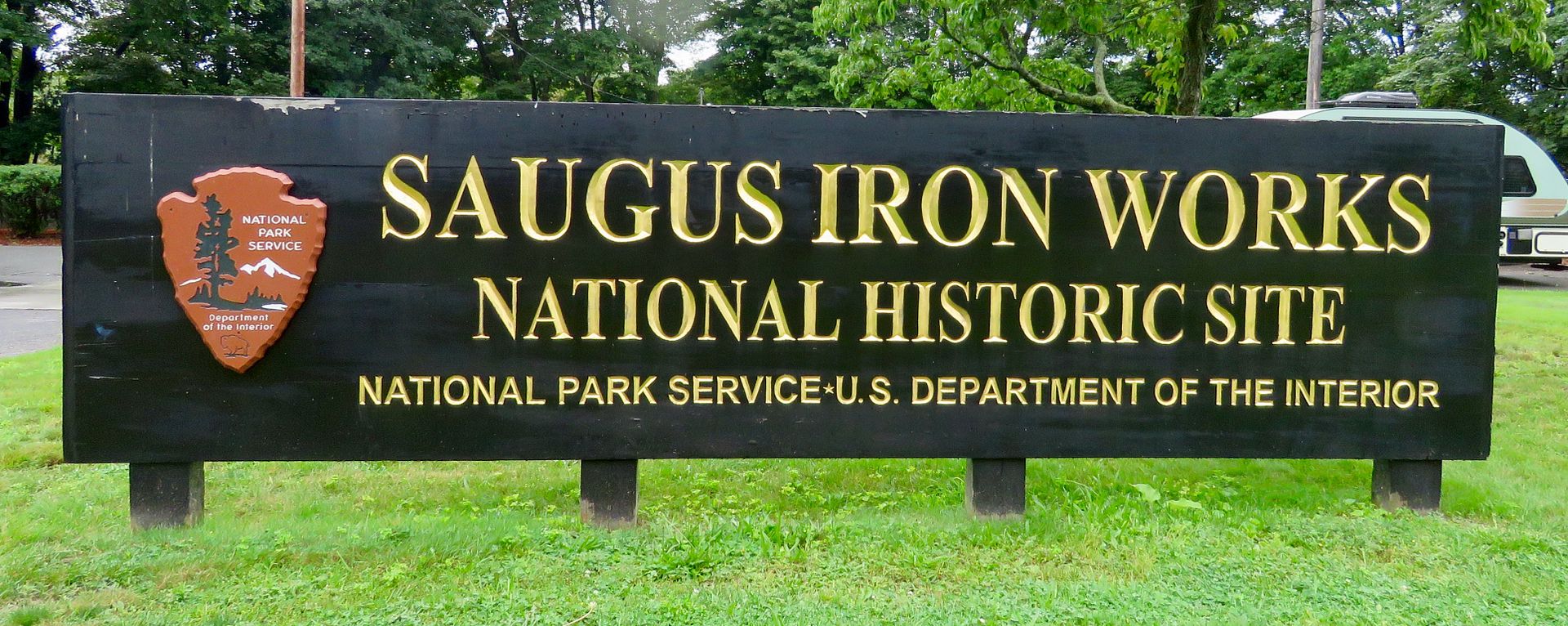
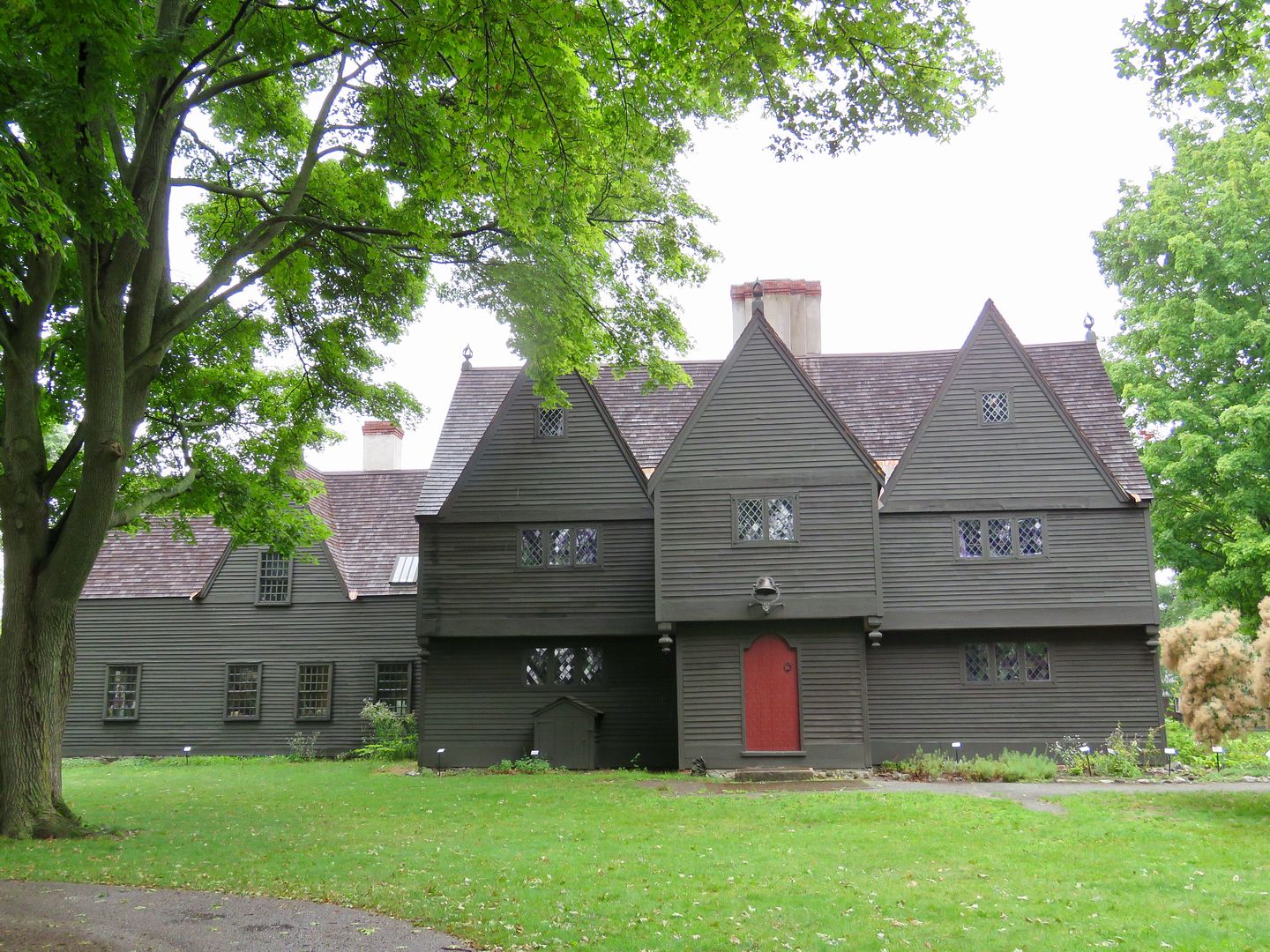
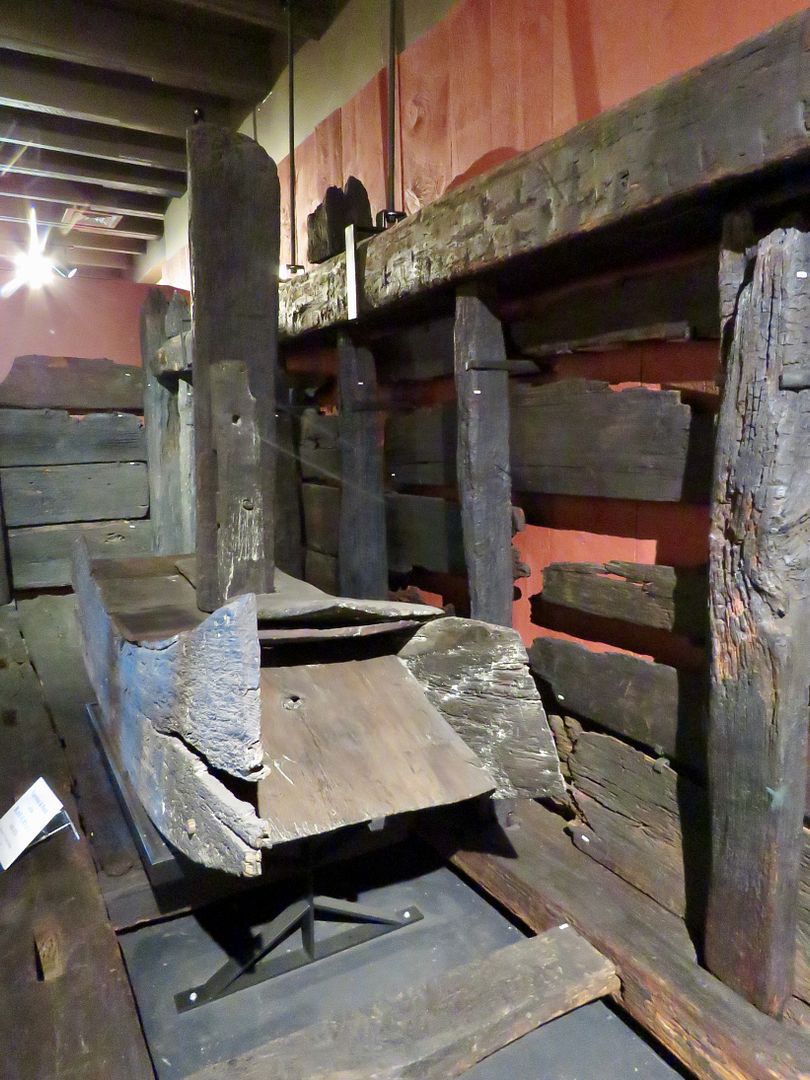

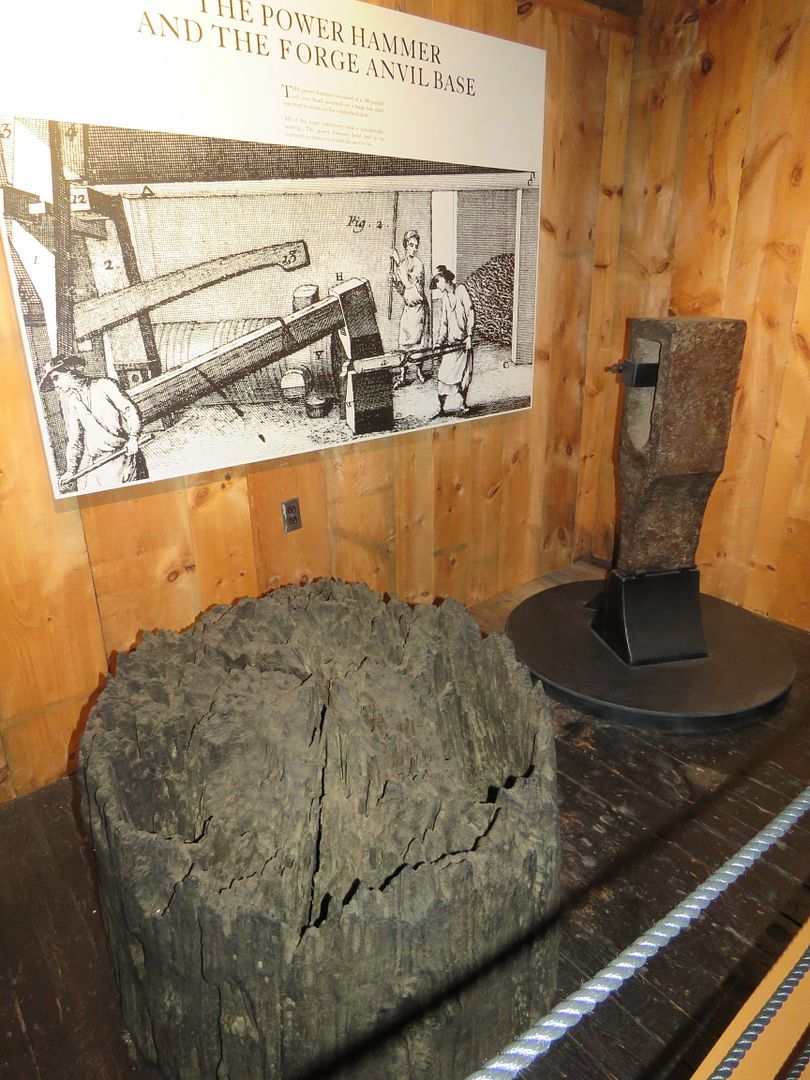
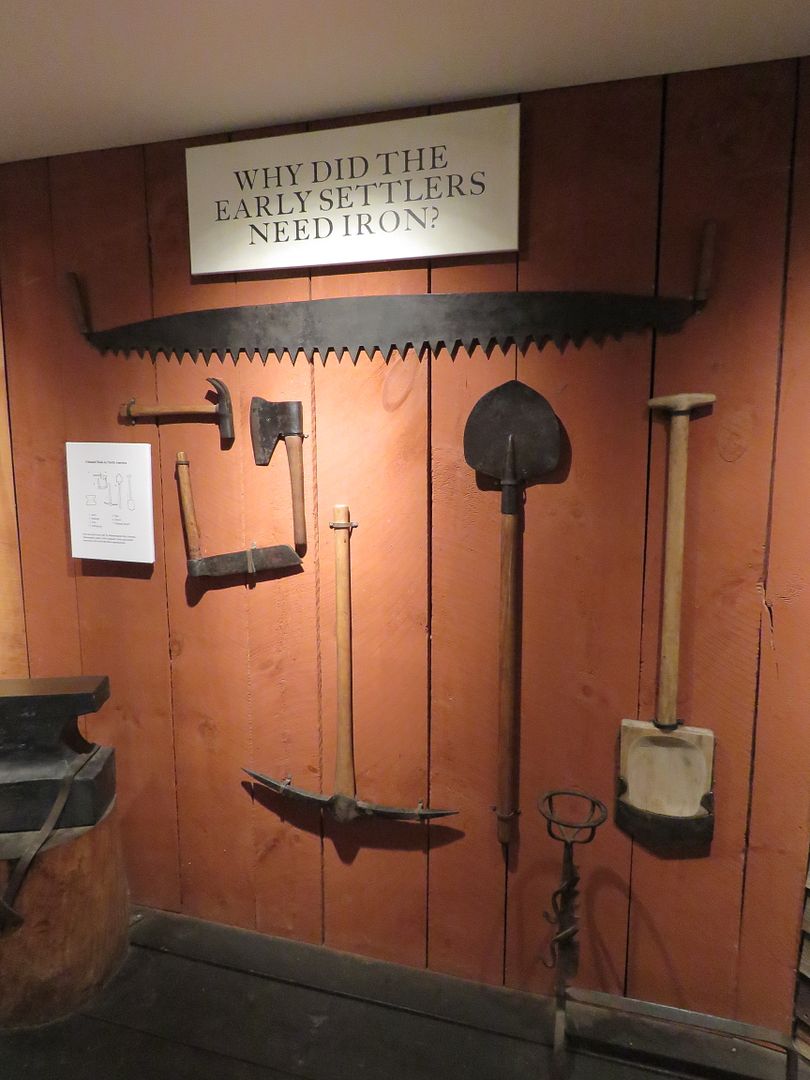

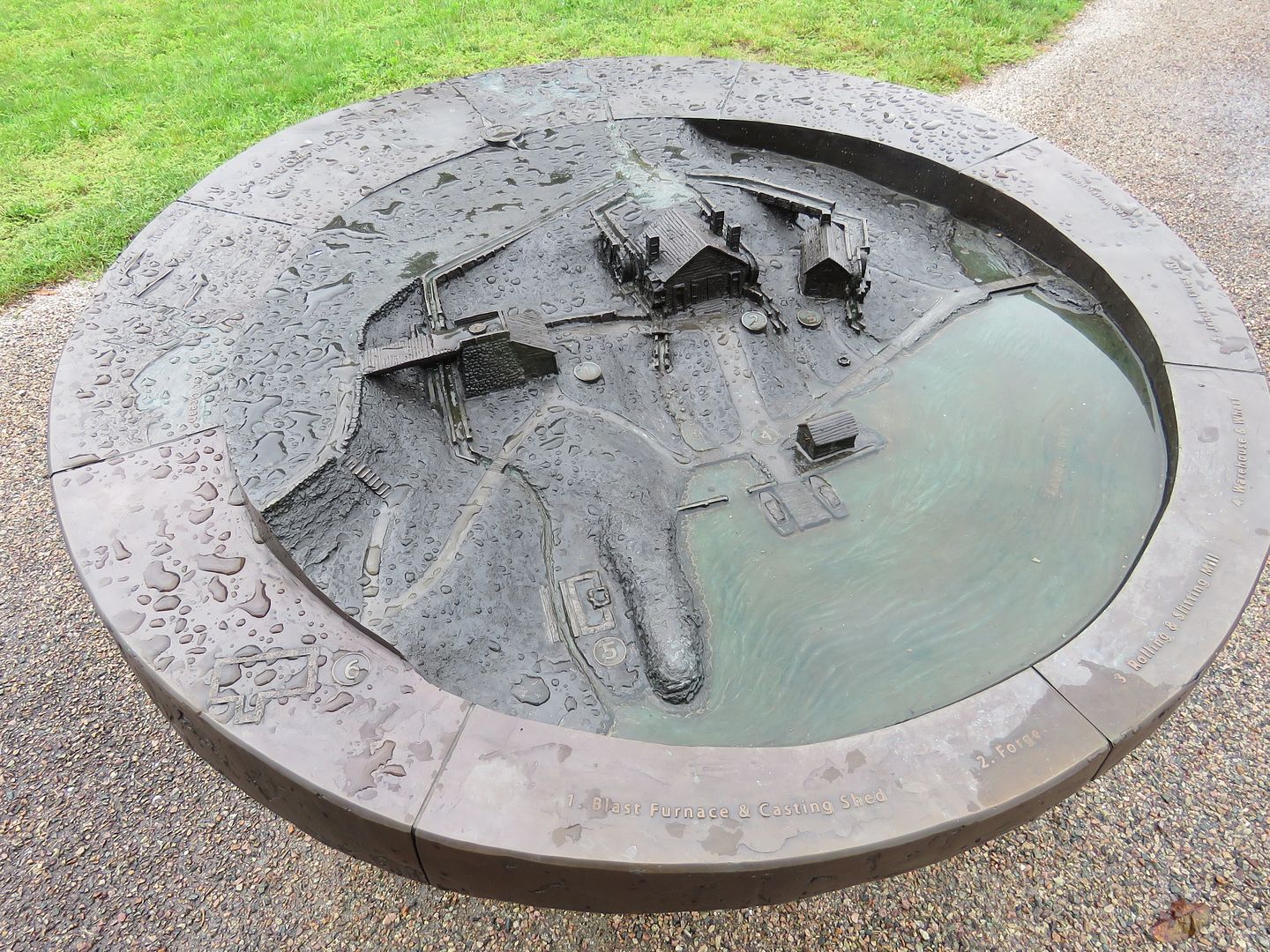
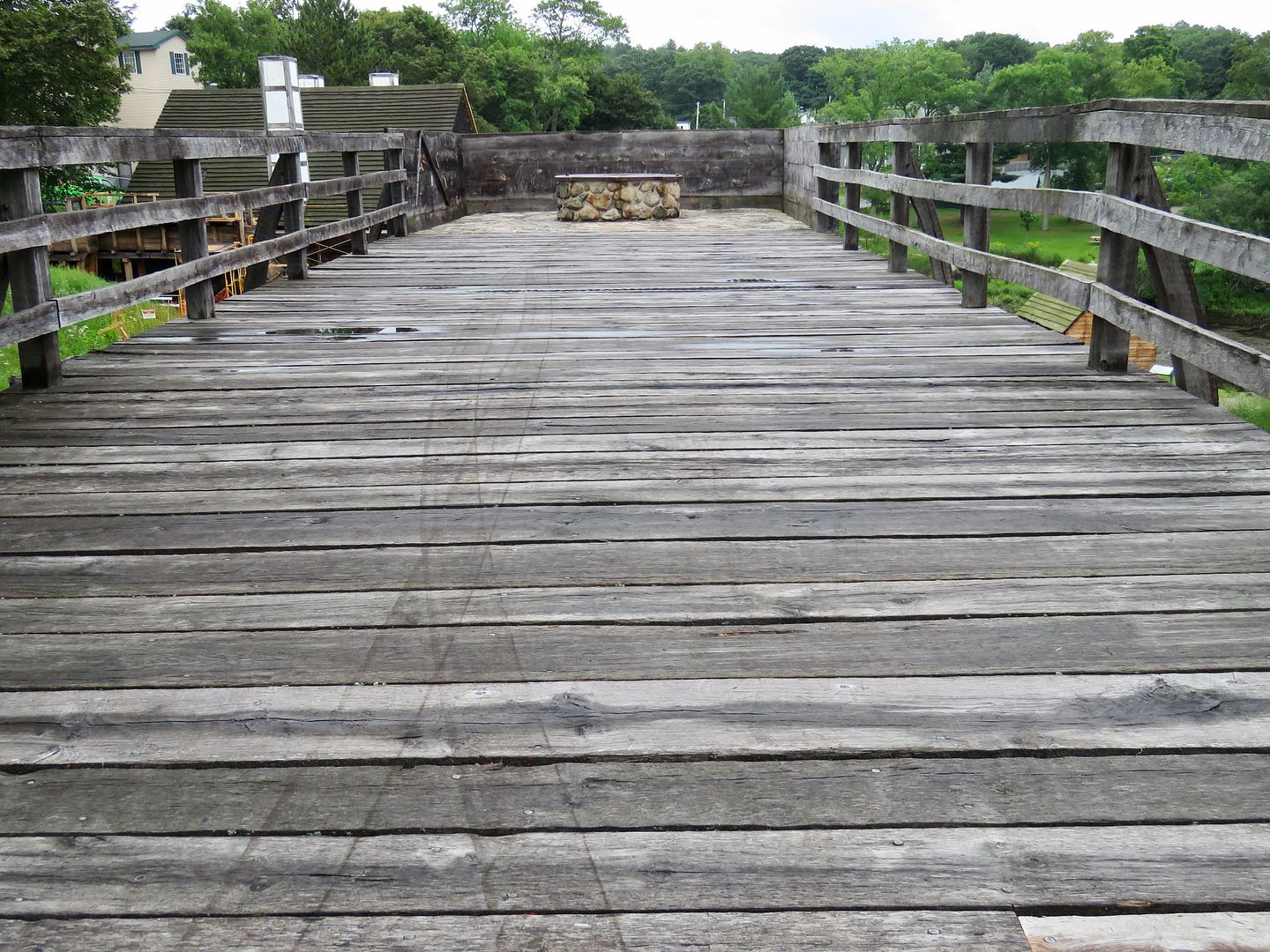
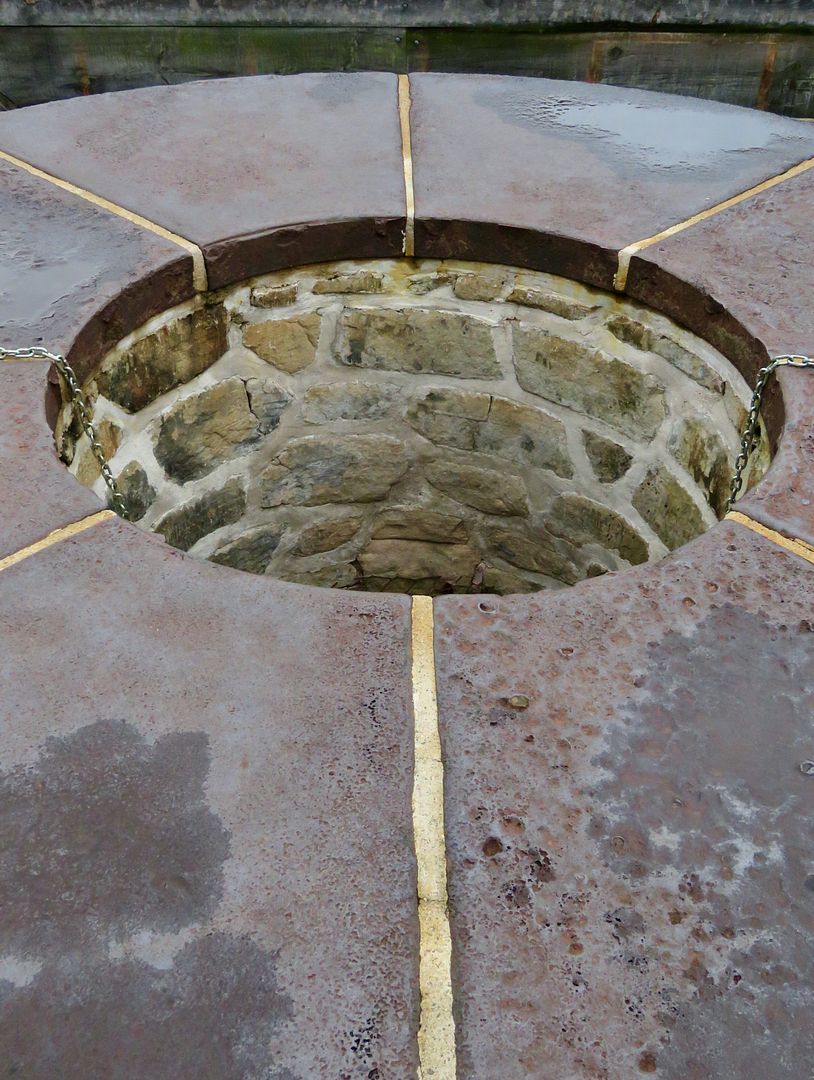

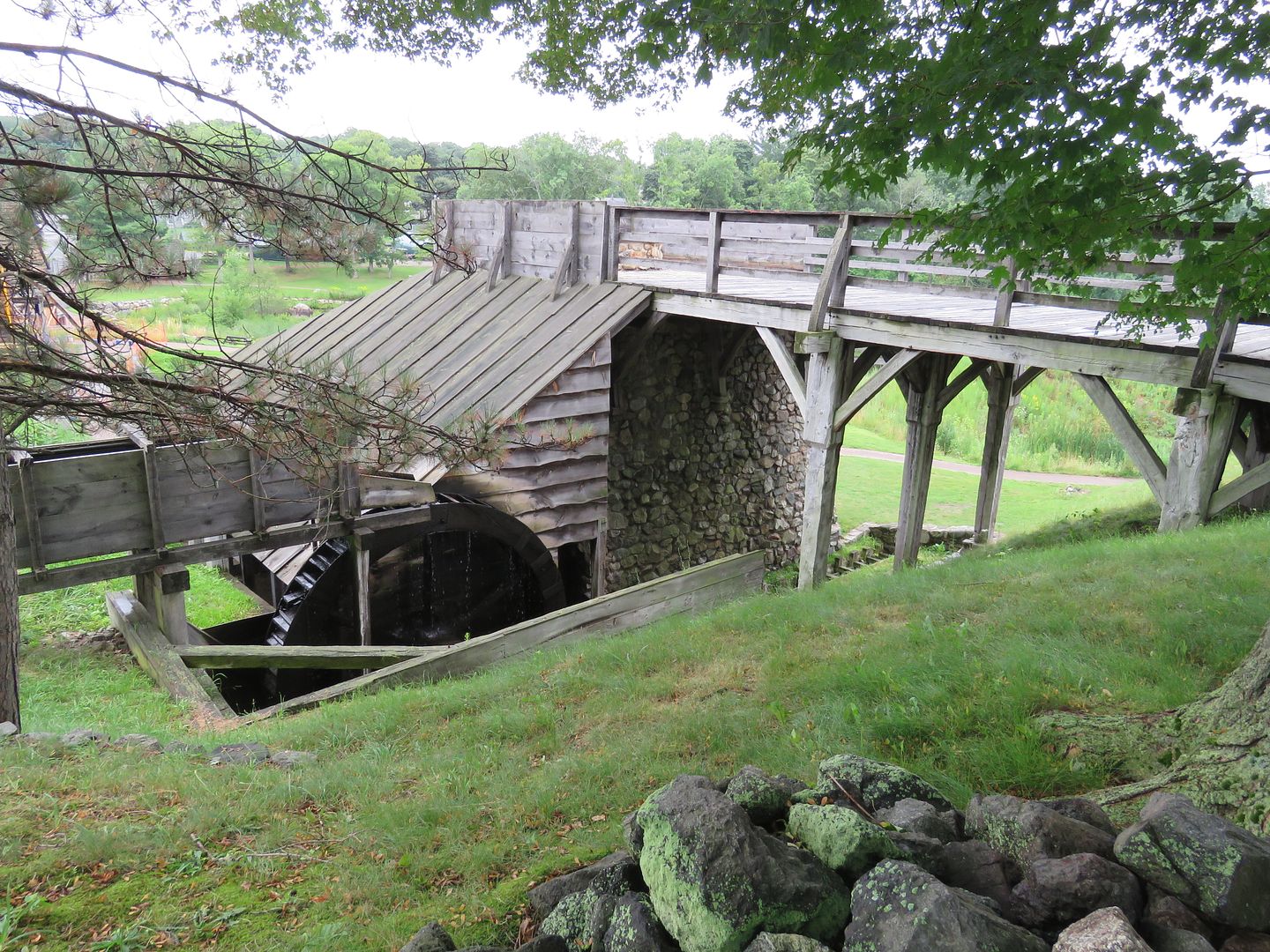
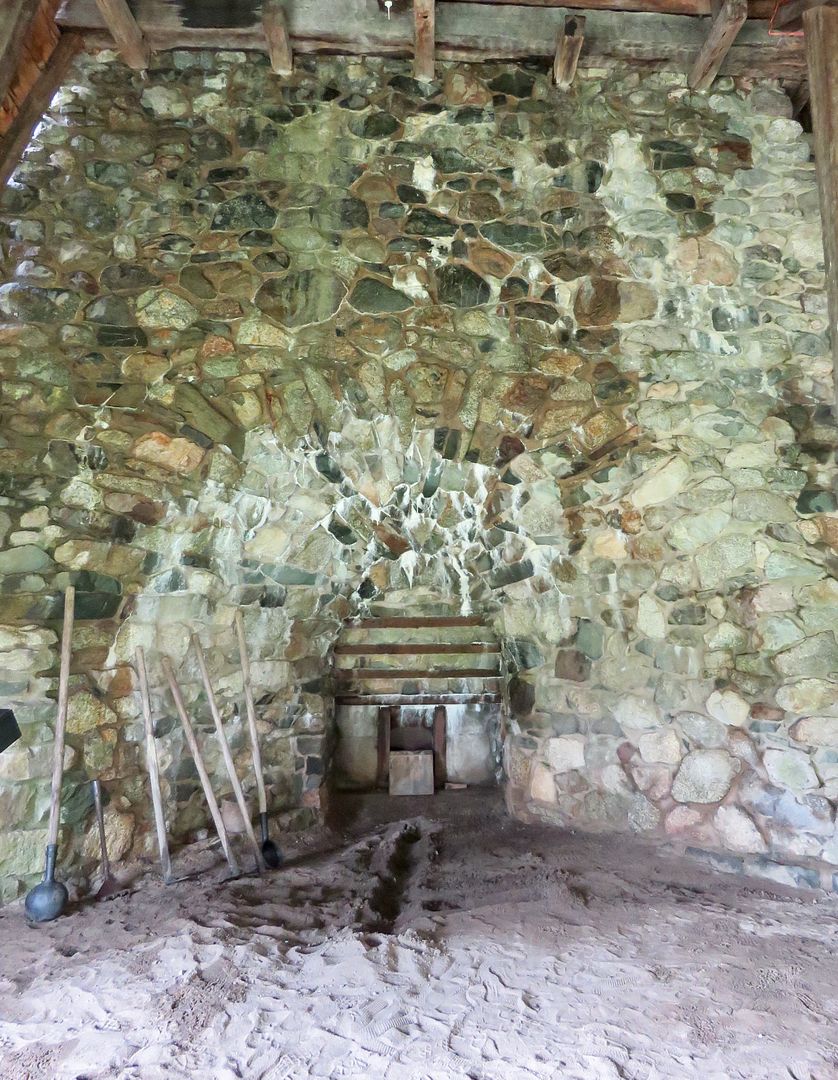
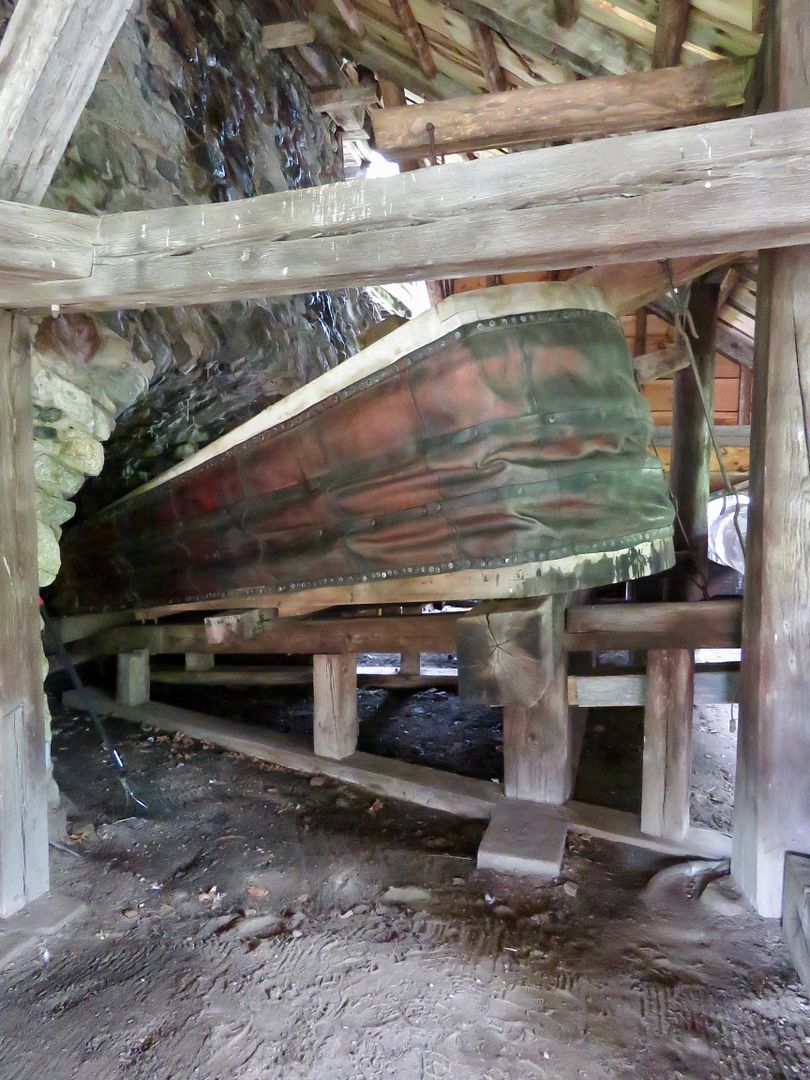

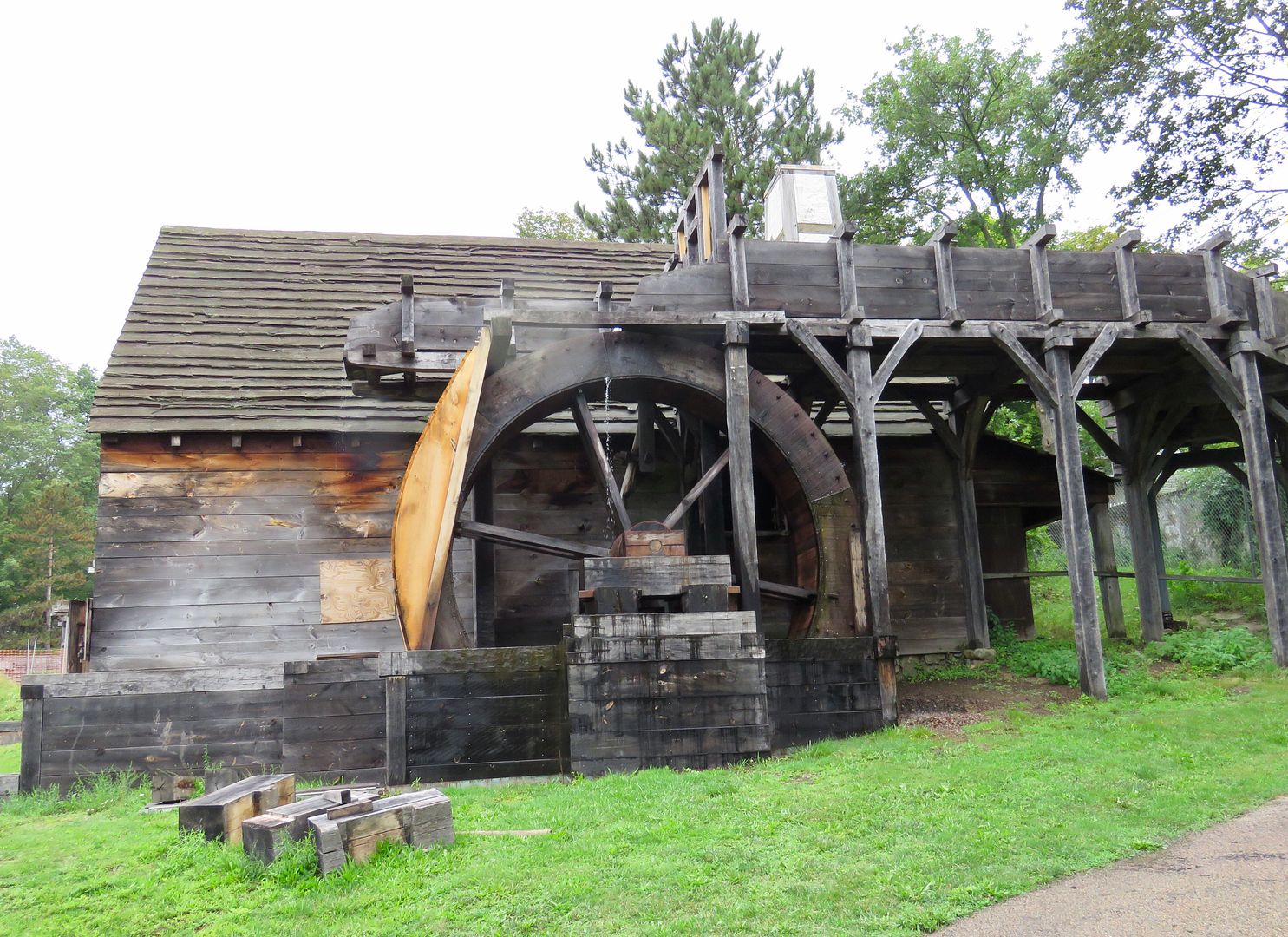

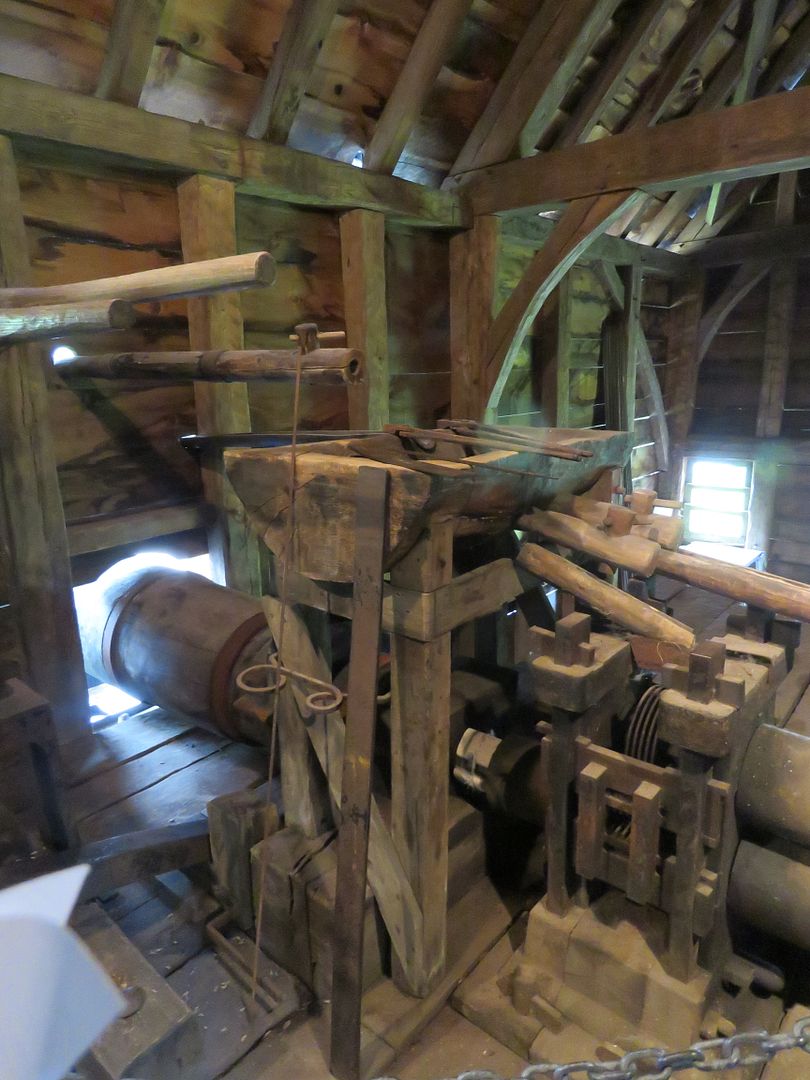



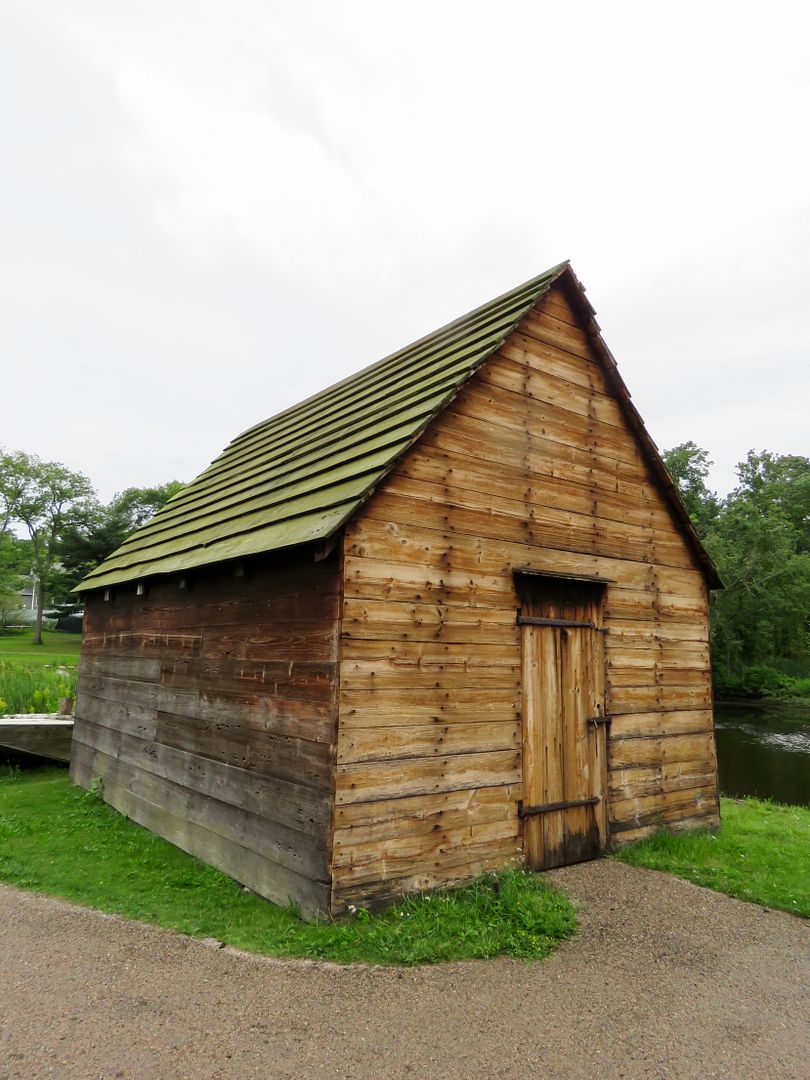
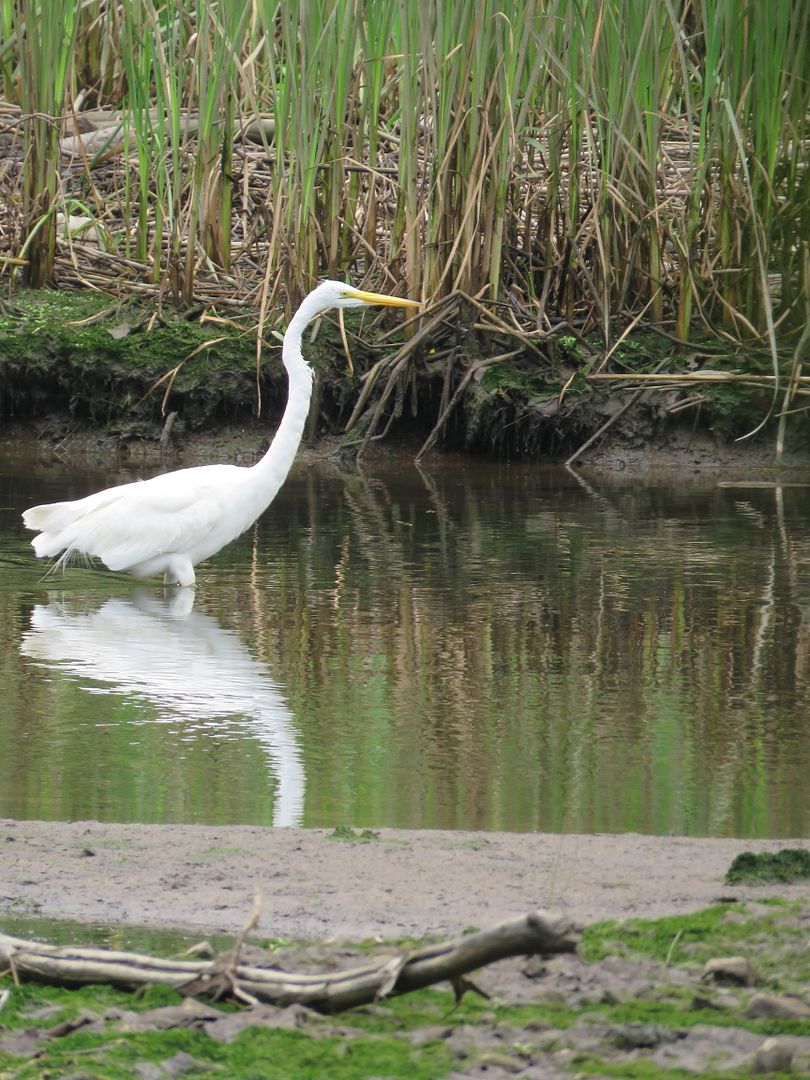
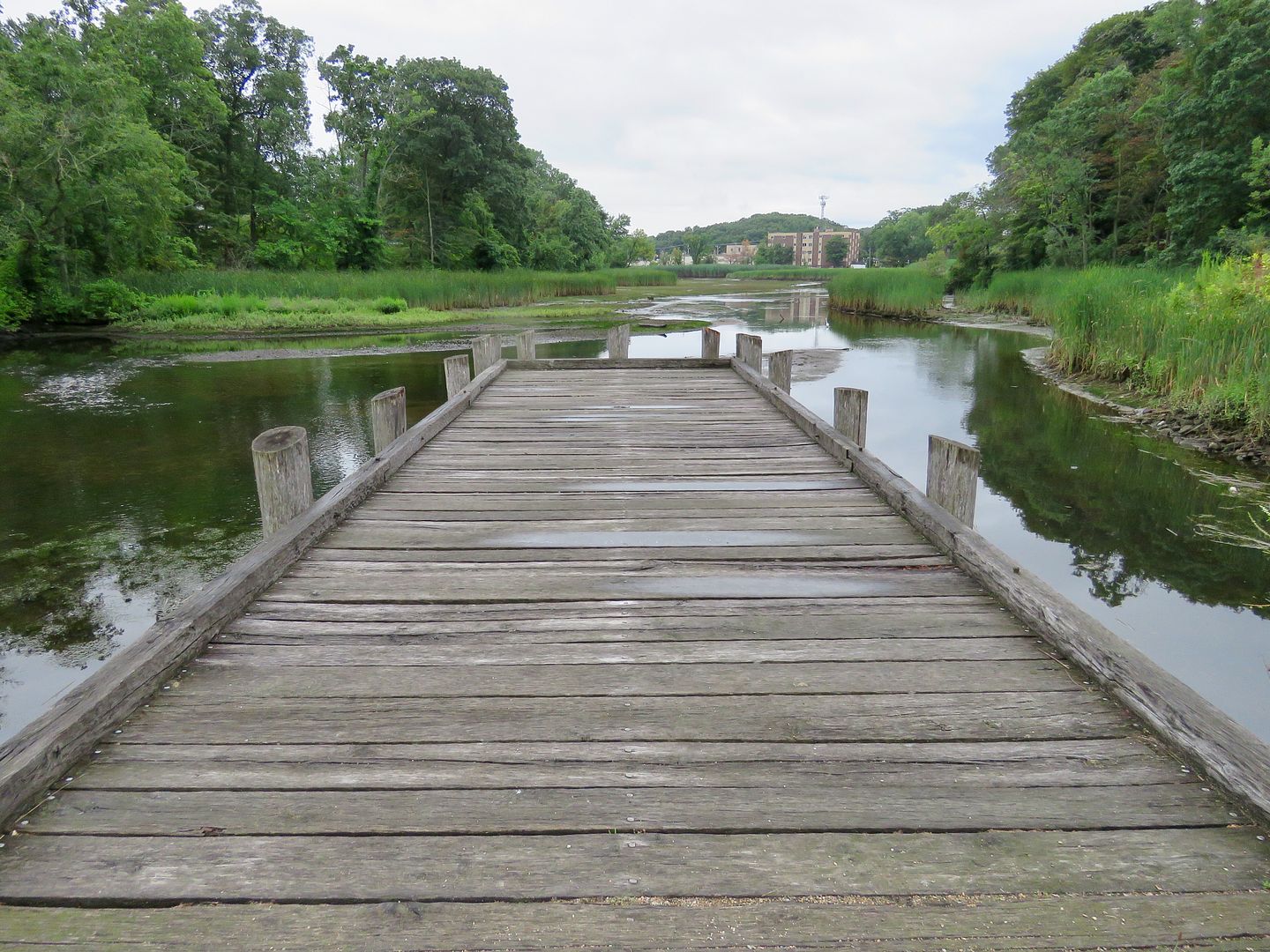
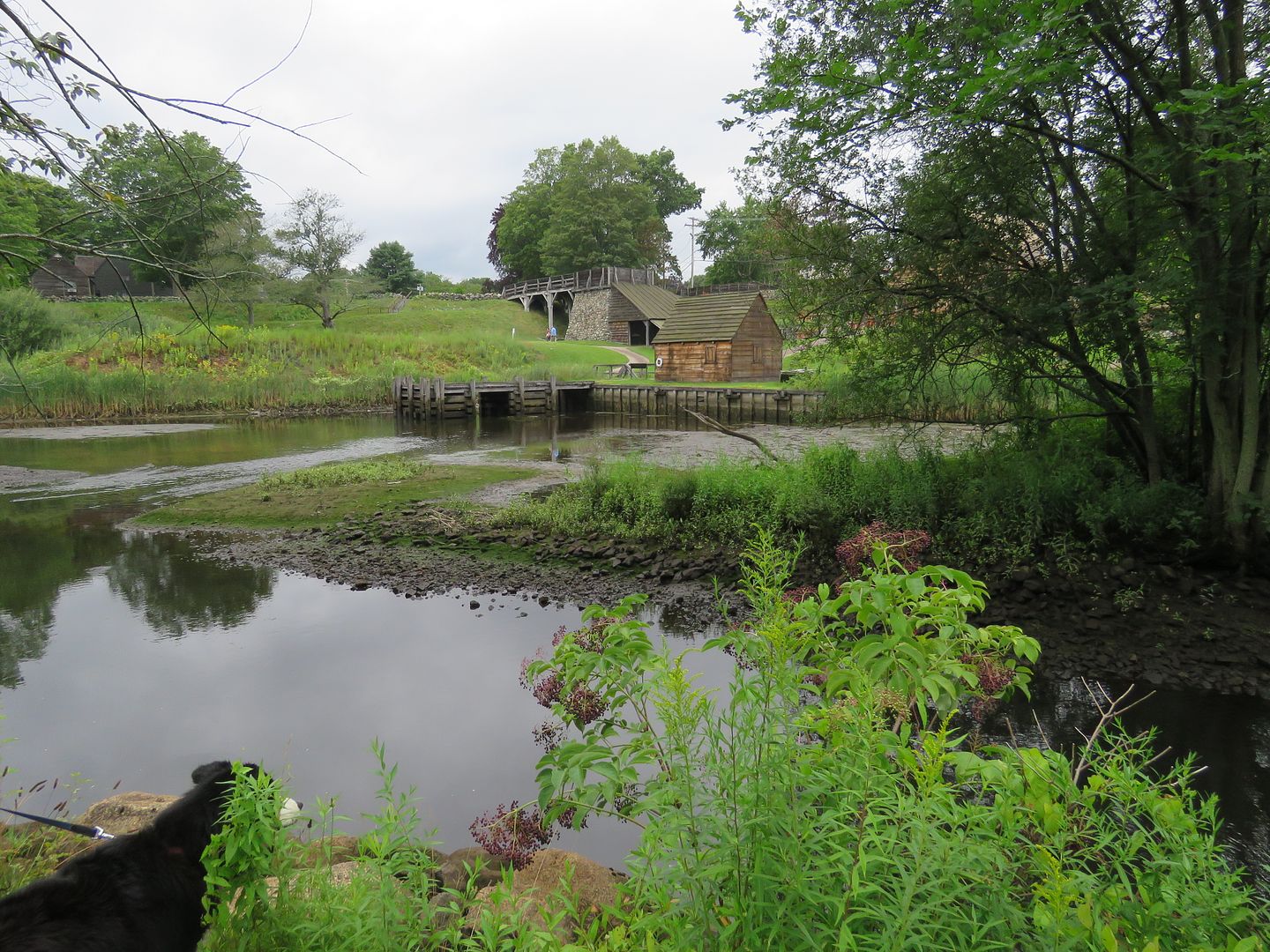
No comments:
Post a Comment